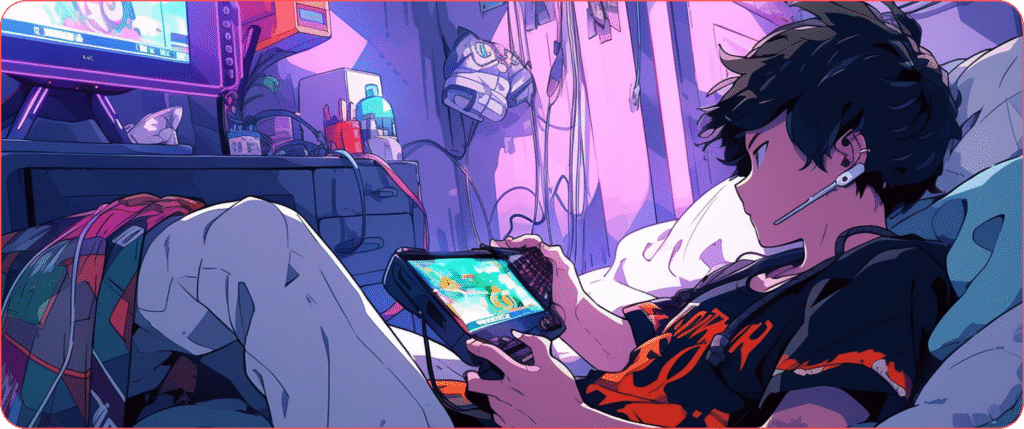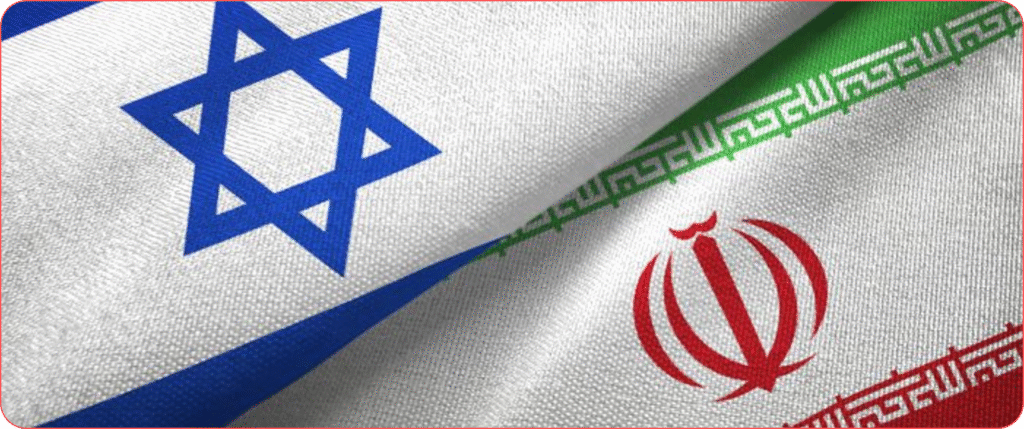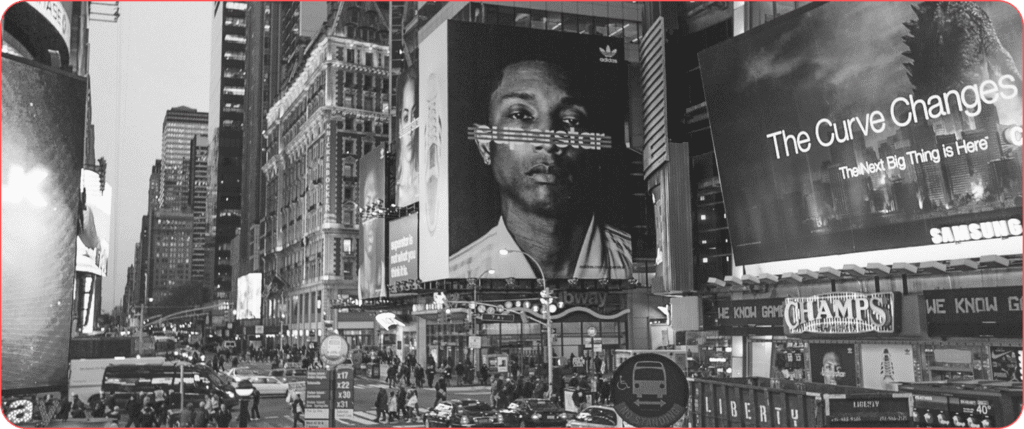In a small apartment in Dhaka’s Mirpur, 22-year-old Rahat leans into his phone, palms sweaty, heart racing, teammates barking commands in his headset. He’s not just playing a game—he’s representing Bangladesh on a global stage in a PUBG Mobile tournament watched by thousands. Just a few years ago, this would have been unimaginable.
Today, it’s a reality.
A Thriving Digital Playground
E-gaming in Bangladesh has broken past casual hobby status. What was once a teenager’s escape is now a multimillion-dollar industry filled with ambition, creativity, and talent.
In 2025, Bangladesh’s mobile gaming sector is projected to generate $610 million, growing 11.2% year-over-year. Hardware—gaming PCs, consoles, and accessories—has also surged, hitting $121.5 million in revenue.
This rapid growth is being driven by several key trends:
-
Affordable smartphones & cheap mobile data
-
Rising interest in competitive esports
-
Corporate sponsorships fueling tournaments
-
Increasing global exposure via streaming platforms
Local Legends, Global Dreams
Not long ago, Bangladeshi gamers were mostly spectators in the global esports arena. That’s changed.
-
A1 Esports, a powerhouse PUBG Mobile team, made history by qualifying for PMSL CSA Spring 2025 in Kazakhstan.
-
NapTech Labs, a Dhaka-based studio, ranked in the top 10 browser/mobile game developers worldwide.
-
Fighting game star Saiful Anik earned a place in the Capcom Cup X, sharing the stage with global titans.
-
All-female team Mayhem brought Dota 2 to the Global Esports Games.
-
School-based clubs like eBLAZE claimed trophies in international tournaments like NASEF’s Farmcraft.
Each story is more than just a game. It’s a breakthrough. It’s representation.
Behind the Screens: Challenges & Opportunities
This explosive momentum hasn’t come easy. The industry faces significant hurdles:
| Challenge | Solution Idea |
|---|---|
| Expensive gaming hardware | Lower import duties, local production incentives |
| Power outages & laggy internet | Solar-powered gaming hubs, broadband cooperatives |
| Lack of structured training | National esports academies, coaching certifications |
| Social stigma & career doubt | Mainstream campaigns, public success storytelling |
Many players are self-taught, grinding after school or work hours. There are no formal esports academies, little policy support, and few industry mentors. And still—they rise.
Building the Future: What Needs to Be Done
To turn Bangladesh into a true esports powerhouse, we must act now:
-
Policy Support
Like software and freelancing, gaming needs policy backing: tax breaks, export incentives, and digital infrastructure. -
Education & Training
Introduce esports clubs in universities. Create game development curricula in tech schools. -
Investment
Encourage venture capital in game studios. Offer grants for local developers. -
Cultural Acceptance
Promote parental understanding. Tell the stories of gamers who became champions, influencers, and developers. -
Global Engagement
Bring international events to Dhaka. Connect local teams with global leagues.
Looking Ahead
The potential is huge. By 2030, Bangladesh could earn over $1 billion annually from gaming-related industries. The ripple effect—jobs in animation, coding, streaming, and media—would be transformative.
But it’s not just about money. It’s about telling our stories through games. It’s about showing the world who we are—on our terms.
Rahat’s team didn’t win that night. But their faces lit up the big screen, flag proudly behind them. And for a moment, every young gamer in Bangladesh believed, This could be me.
C. Basu.
Bibliography & Sources


